Missing Marble Head of Hercules Recovered From a 2000-Year-Old Antikythera Shipwreck in Greece
Somewhere in the National Archaeological Museum in Athens stands a headless statue of Hercules, recovered in a 2000-year-old shipwreck over a century ago. In 2022, underwater archaeologists found his marble head at the same site.
Besides doing a commendable job of making Hercules whole again, the team found other valuable artifacts that shed light on the ancient history surrounding the shipwreck. Let’s dive deeper into some fascinating facts about the famous Antikythera shipwreck, a gift that keeps giving, including the priceless analog computer.
Shipwreck Discovered in 1900
Usually, shipwrecks are found by accident by divers who are out exploring the seabed or by fishermen who hit something solid at the bottom of the sea with their gear. Then, they alert the relevant authorities who further study the site.
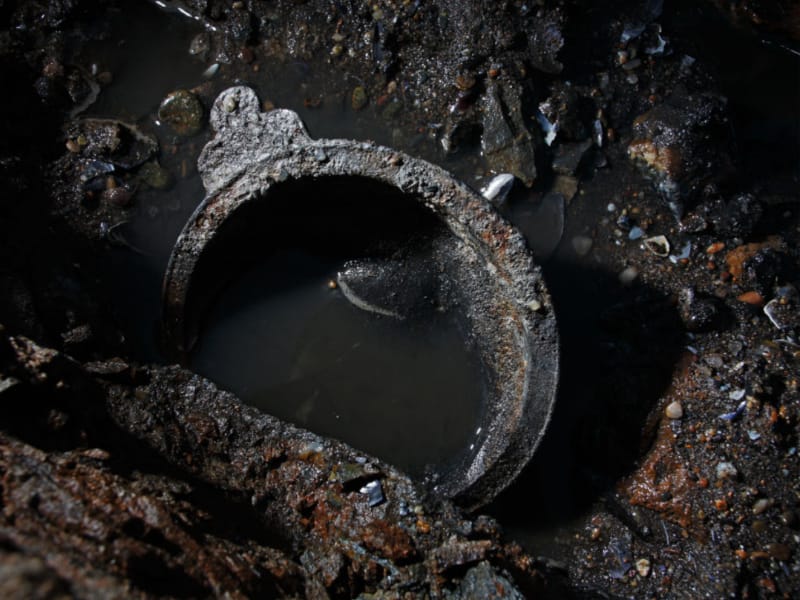
Source: Getty Images / Amy Toensing
The National Oceanic and Atmospheric Association, or NOAA, has a history of spotting wrecks while surveying ocean bottoms to collect scientific data. Sometimes, they know where a ship sank, like with the iconic H.M.S. Titanic. Like many others, the discovery of the Antikythera shipwreck in 1900 has an exciting story behind it.
The Story of the First Sighting
In the Spring of 1900, a crew of sponge divers was making their way to Tunisia when they were suddenly caught up in a storm. This was near the Greek Island of Antikythera, and the divers decided to explore the ocean for sponges while waiting for calmer waters.

Source: Wikemedia Commons
Little did they know that they’d hit upon one of the most prominent shipwrecks in history at a depth of about 50 meters. The Captain of the team informed Greek officials about the find. Recovery efforts were then put in motion for the next two years.
They Mistook the Find for Corpses
The sponge divers from Symi Island, led by Captain Dimitrios Kontos, were initially shocked to find the wreck roughly 150 feet below the ocean surface when they were merely out looking for sponges. Assisted by the Hellenic Royal Navy, which sent two ships to aid them in the recovery efforts, they found a lot of artifacts.
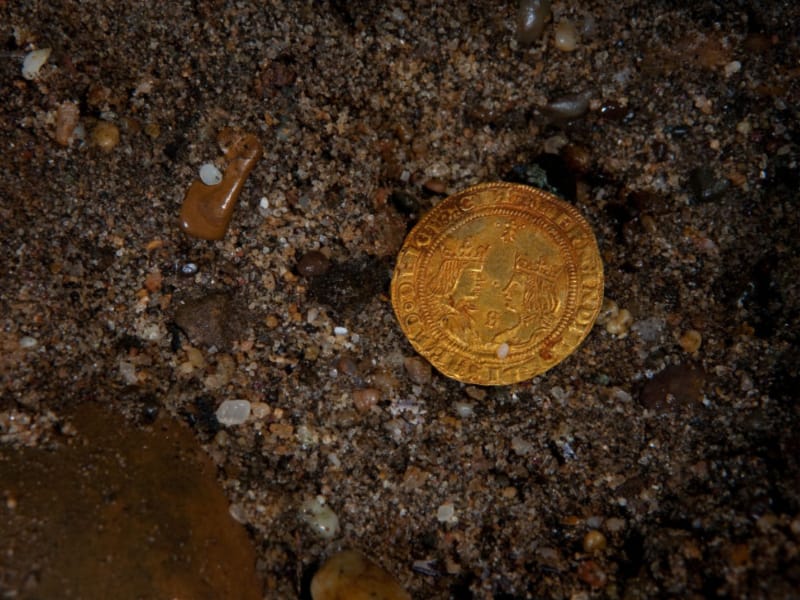
Source: Wikemedia Commons
What they found stunned them even more; they saw large objects, such as marble and bronze, lying on the ocean bed. They initially mistook them for corpses, but they turned out to be statues.
Iconic Diving Operations Conducted Between 1900 and 1901
The recovery efforts that continued for over a year by the sponge divers went down in history as one of the most iconic diving operations ever. Many valuable objects were found that proved invaluable for scientific and historical research.
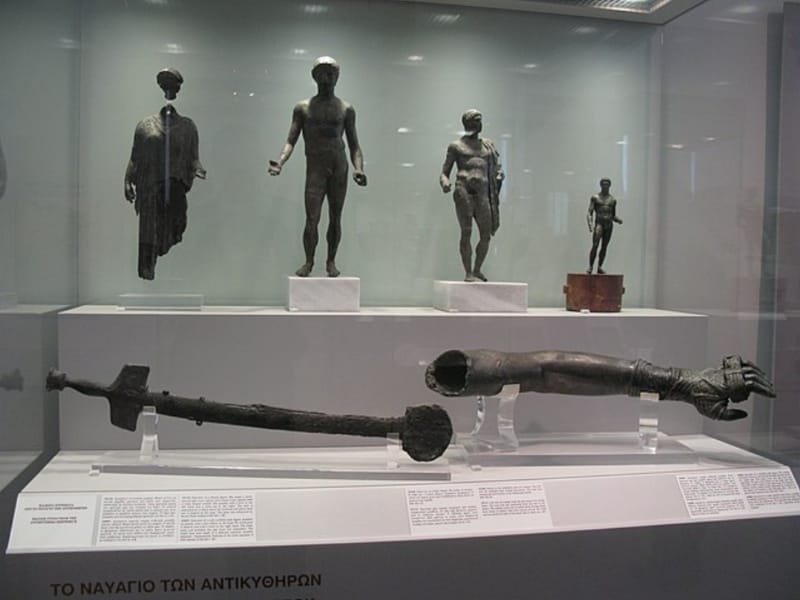
Source: Wikemedia Commons / The Antikythera Shipwreck. National Archaeological Museum, Athens, Greece
Along with the statues, the shipwreck yielded unique glassware, pottery, coins, and jewelry that roughly pointed toward the origin of the ship that sank. All the antiquities recovered from the wreckage were transported to Athens’ National Museum of Archaeology for proper storage and analysis.
When Did the Ship Sink?
So far, all the excavations have yielded numerous artifacts, including mid-first-century Roman ceramics, Hellenistic pottery dating back to 75 BCE, and amphorae from 80 BCE. A thorough analysis of these remarkable finds has led the archaeologists to conclude that it was a cargo ship that had sunk around 60 BCE.
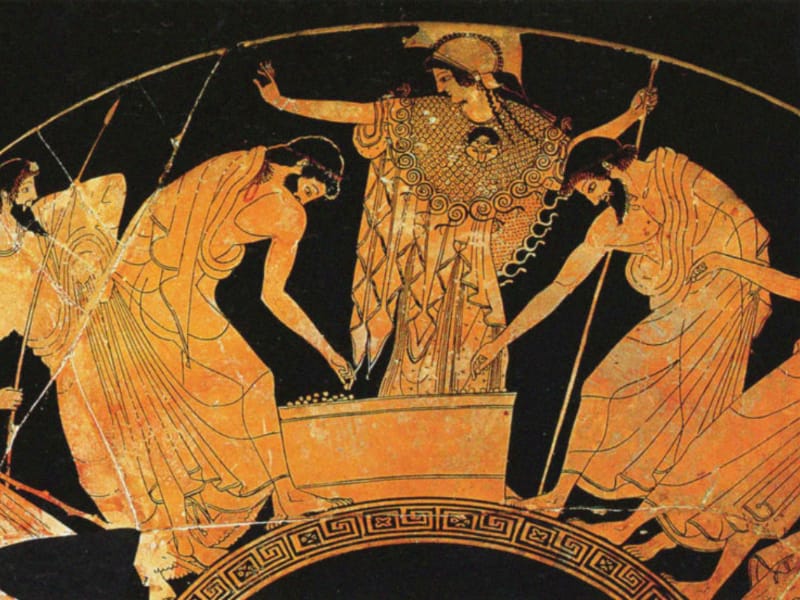
Source: Getty Images / Heritage Images
The large vessel was said to be carrying looted treasure from Rhodes to Rome to support the Roman Triumphal ceremony that was being staged by Julius Caesar during the first century BCE. Unfortunately, it sank on its way off the coast of Antikythera Island, nearer to Crete.
Headless Herakles of Antikythera
One of the most treasured finds of the sponge divers during their initial discovery of the shipwreck was the retrieval of the headless Herakles of Antikythera. It’s a free-standing marble structure but one that was missing its head. The late Hellenistic statue depicts Hercules as an aged, world-weary warrior leaning on his club.
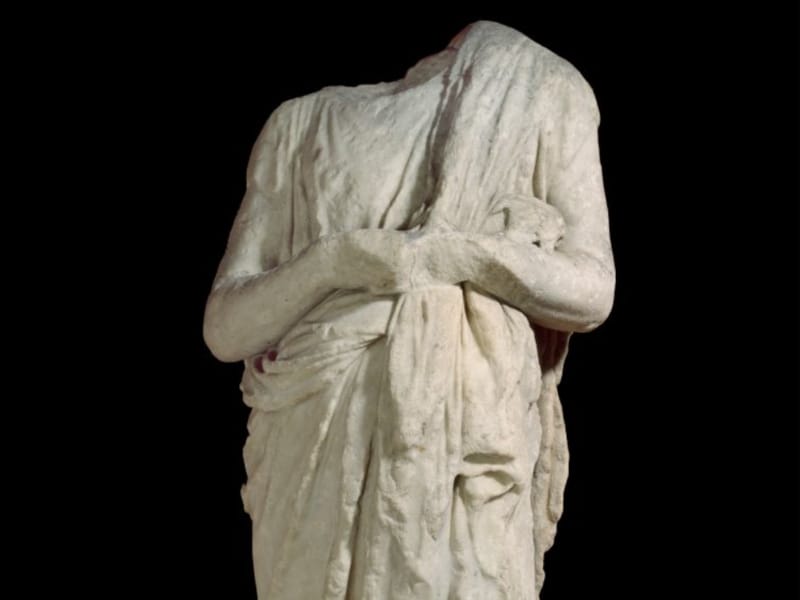
Source: Getty Images / Heritage Images
Standing 2.5 meters tall and severely corroded due to prolonged underwater exposure. Hercules was also missing his left hand and seemed to be holding a Hesperides apple in his right hand behind his back.
The Restoration of the Antikythera Youth
The Antikythera youth or Ephebe is also one of the remarkable recoveries made by the sponge divers during their initial excavation of the shipwreck. Registered as the bronze statue of youth at the National Museum of Archaeology, it was one of the first in the series of Greek marble and bronze sculptures to be retrieved from the site.
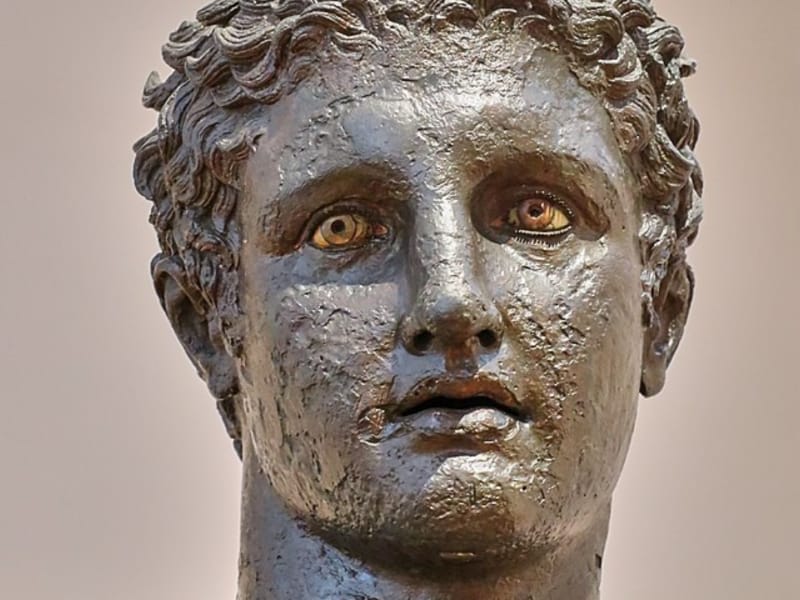
Source: Wikimedia Commons
Measuring 1.96 meters in height, the youth statue stood slightly taller than lifesize and was found in several fragments. It has, however, been meticulously put together through consistent restoration efforts in the mid-90s.
The Recovery of the Antikythera Mechanism
This one needs special mention; during the excavation, the divers found a large clump of corroded remnants of a device that has since been named the Antikythera Mechanism. In 1902, archaeologist Valerios Stais identified it as an object containing gears. During the restoration of the find, the lump was separated into three main fragments, carefully subdivided into 82 parts, and then pieced together.
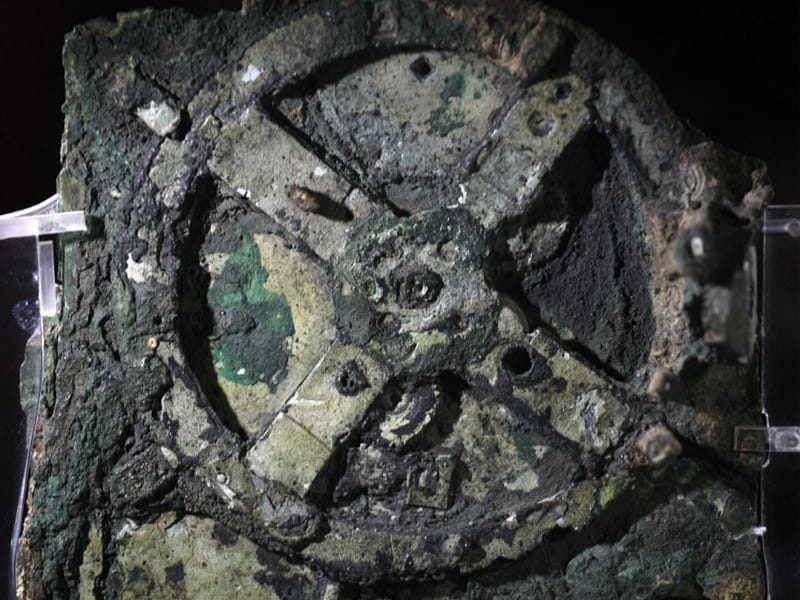
Source: Getty Images / Heritage Images
They found four parts equipped with interlocking gears, the largest of which measured around five inches in diameter and originally had 223 teeth. Many fragments had inscriptions on them.
Understanding the Importance of the Mechanism
All the recovered and known parts of the Antikythera Mechanism are kept at the National Museum of Archaeology in Athens. Several replicas have been made to understand and demonstrate the intricate workings of the device, which has since been known as the first analog computer.
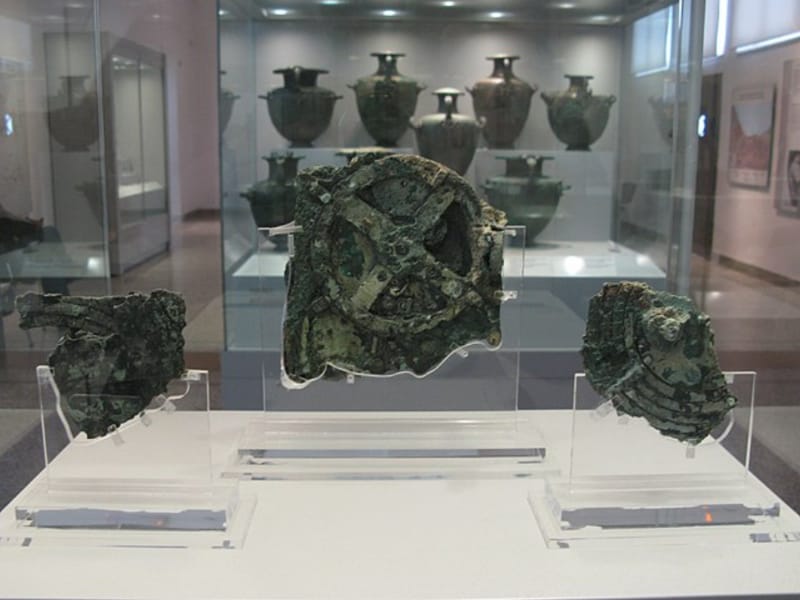
Source: Wikemedia Commons / Tilemahos Efthimiadis
The inscriptions found on the outer casing of the machine were faint. In 2008, the Cardiff University team led by Tony Freeth and Mike Edwards used computer X-Ray tomography to scan the images of the crust-encased machinery to read them.
A Model of the Solar System
The University scientists made surprising discoveries when they read the inscriptions. They found 37 bronze meshing gears designed to follow the specific movements of the sun and the moon through the zodiac. It showcased the solar system model and was also used to predict eclipses.
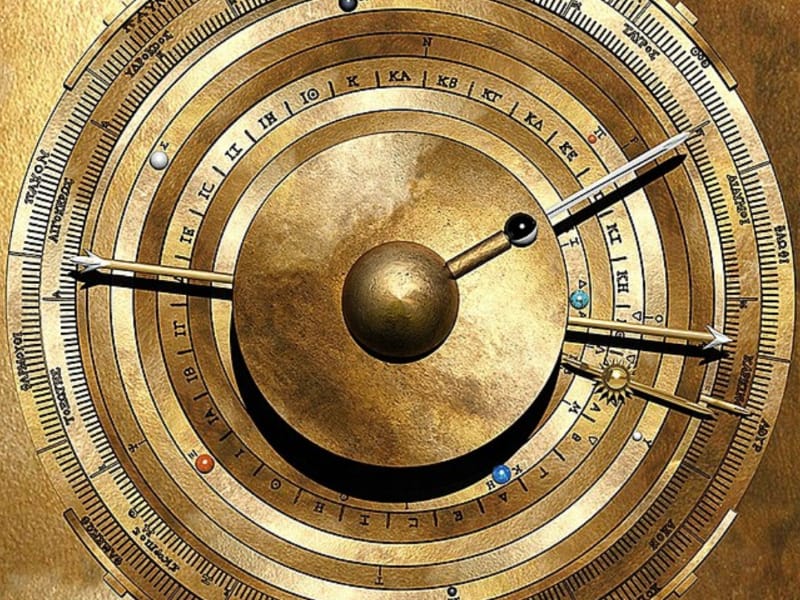
Source: Wikimedia Commons
The motion of the irregular orbit of the moon was first studied by Astronomer Hipparchus of Rhodes in the second century BC, and he was probably consulted for the construction of the mechanism. In 2022, the researchers concluded 23rd December 178 BCE to be the machine’s calibration date.
Excavations Over the Years
After the initial excavation efforts by the sponge divers in association with the Navy in 1900, several recovery missions have been conducted over the years. Continuous efforts have been made to retrieve as many artifacts as possible during the century. All objects found at the site, including the seabed sample, have been sent to the National Museum for safekeeping and research purposes.

Source: Getty Images / Bettmann
Another major expedition after 1900 happened 70 years later when the master of ocean exploration Jacques Cousteau was invited to lead a team to explore the shipwreck.
The Expedition in the Mid-70s
The excavation led by master explorer Cousteau in the ’70s may have been brief, but it validated what everyone largely suspected. Everyone associated with the recovery efforts of the site has firmly believed that the shipwreck had much more treasures to offer.
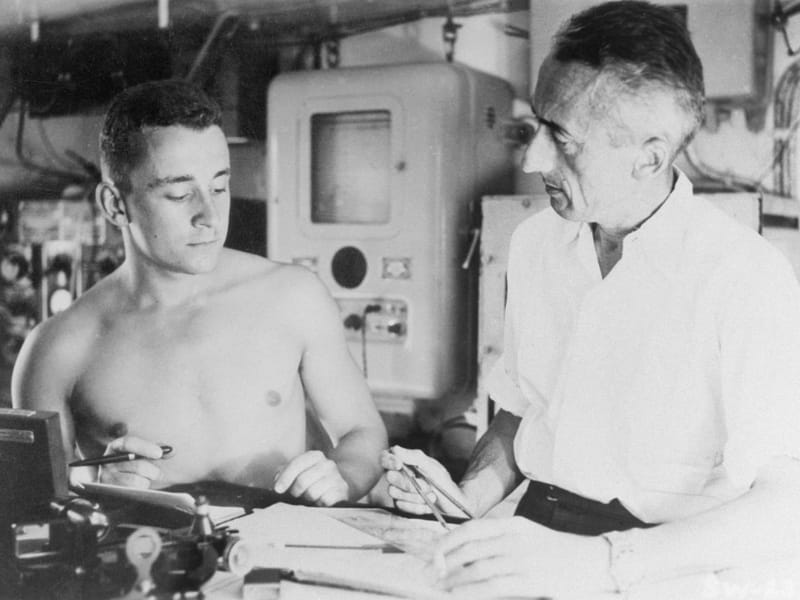
Source: Getty Images / Bettmann
More than four human remains were found at the site, and many more valuable artifacts, including coins and jewelry, were recovered. Unfortunately, a significant portion of the shipwreck largely remained inaccessible due to a lack of modern machinery that could clear the path for the divers to reach the further depths of the ocean surrounding the wreck.
Diving for Roman Plunder
Well known for his love of undersea exploration using modern scientific methods and as a pioneer of scuba-diving, Jacques Cousteau and his team did a splendid job of recovering many valuable artifacts from the shipwreck. He featured his dive into the depths of the ocean, finding the lost treasure at the site in his documentary Diving for Roman Plunder.
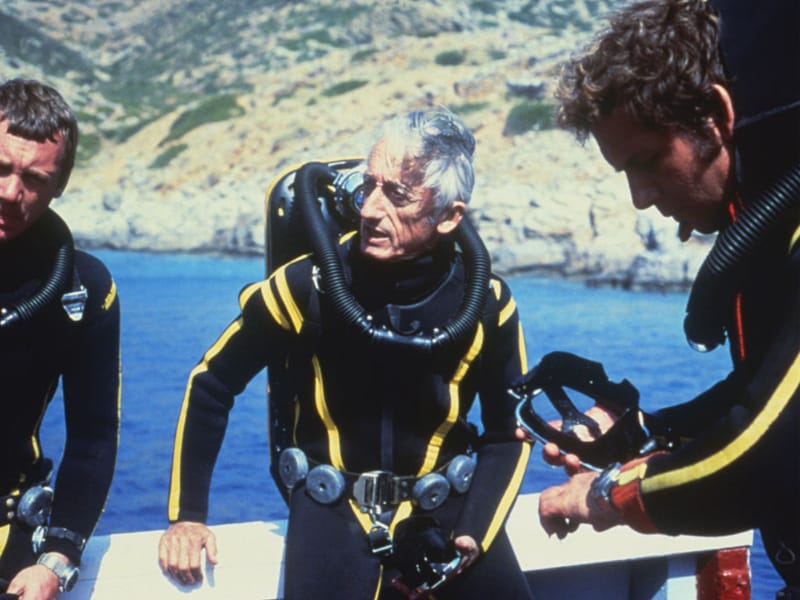
Source: Getty Images / Bettmann
Cousteau believed that the treasures lying out of reach at the shipwreck could support the theory that the ancient Greeks were the key to unlocking the secrets behind modern technology and the industrial revolution.
Challenges in Reaching the Site
Despite the fact that diving efforts at the shipwreck site have yielded rich dividends in scientific research and invaluable artifacts, the divers have found it quite challenging to reach the unexplored parts of the wreckage for nearly a century.
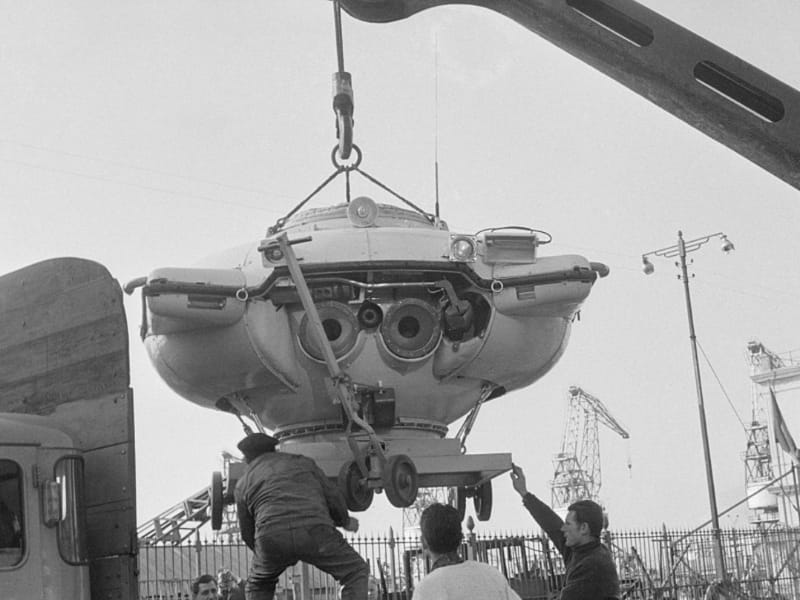
Source: Getty Images / Bettmann
A major portion of the wreckage has either been too deep for the scuba divers to reach or too shallow to employ an ROV – Remote Operated Vehicle or even a human-occupied submersible. The shipwreck’s location near the steep underwater cliffs and its angle make it impossible for Autonomous Underwater Vehicle (AUV) to use its sonar sensors there.
Technological Advances in Underwater Survey
Most of the wreckage site was beyond the reach of divers using only conventional scuba diving techniques. Nevertheless, since the brief exploration in the mid-70s, the world has seen several technological advances in conducting underwater surveys.
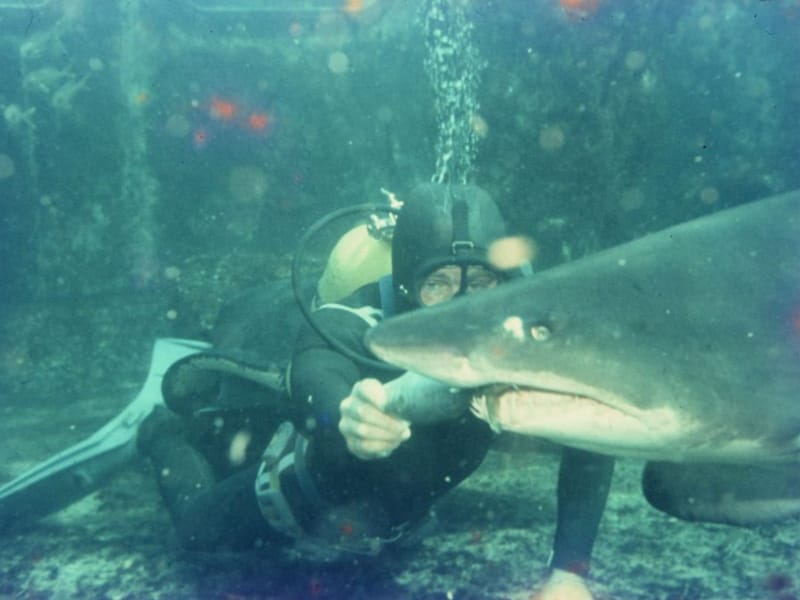
Source: Getty Images / Smith Collection/Gado
These modern archaeological methods were used in the recovery efforts conducted in 2012 and 2014. Recent efforts have seen them use Exo-Suits and rebreathers that typically extend divers’ time at the bottom without resurfacing. The latter significantly reduces the need for them to do decompression stops.
Deep Diving in 2012
After a gap of four decades, a team of divers made a trip to the island to explore the wreck. The Woods Hole Oceanographic Institution and Ephorate of Underwater Antiquities collaborated to send their best oceanographers, Brendan Foley and Aggeliki Simossi, for the job.
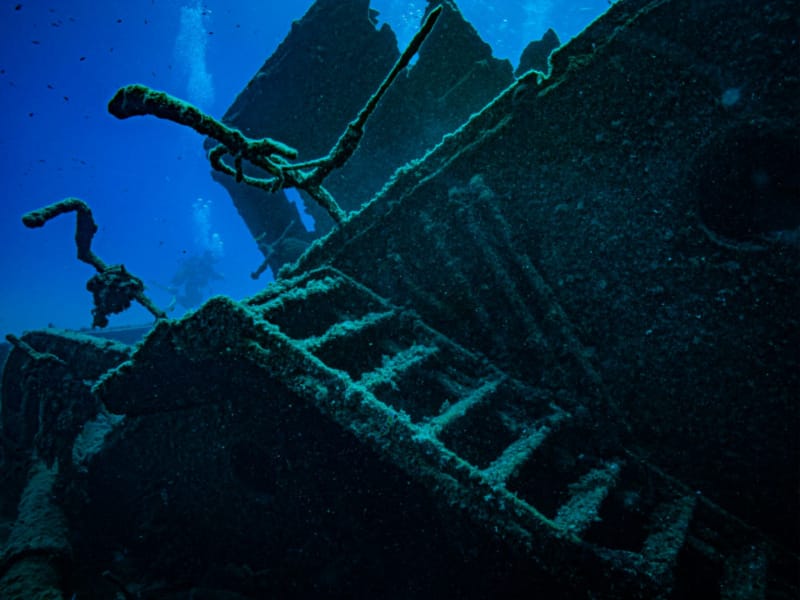
Source: Getty Images / Alessandro Rota
Their machines were fitted with high-resolution video cameras. They used propulsion vehicles like the ones in the James Bond movies to reach the wreck. The team found artifacts 60 meters deep at the secondary site, some 200 meters away from the ship’s wreckage, where Jacques previously explored.
Artifacts From the Second Ship
Foley, Simossi, and the team were surprised to find the secondary site brimming with new finds, which led them to believe it to be a second ship that sank around the same time as the original one. A lead anchor stock was one of the largest items they recovered from the wreck.
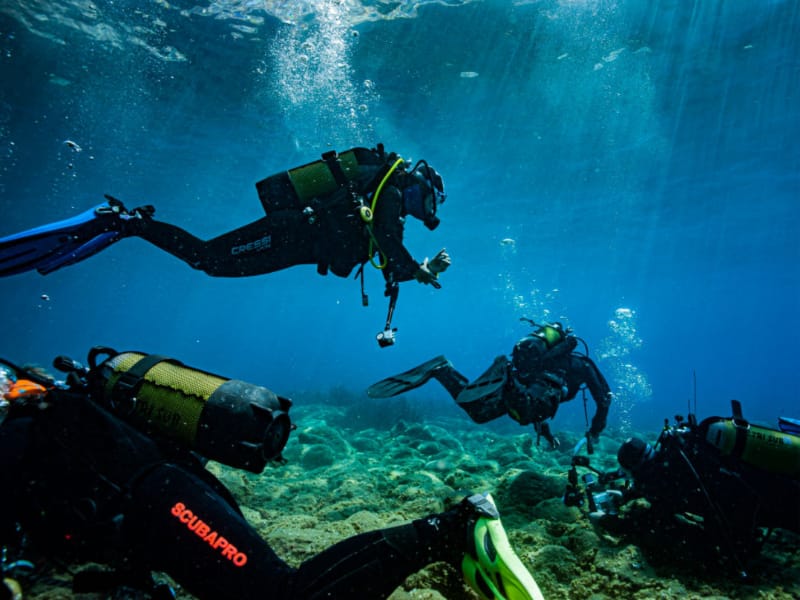
Source: Getty Images / Alessandro Rota
Since it was found on the scupper pipe, the ship could have been sailing with the anchor stowed when it sank. They also found the ocean bed strewn with several spherical green fragments like the Antikythera Mechanism.
The Five-Year Research Program
The Antikythera shipwreck has revealed over time that it holds more secrets than what has been uncovered. Every excavation has only piqued the interest of underwater archaeologists, driving them to initiate a new five-year research program from 2021 to 2025.
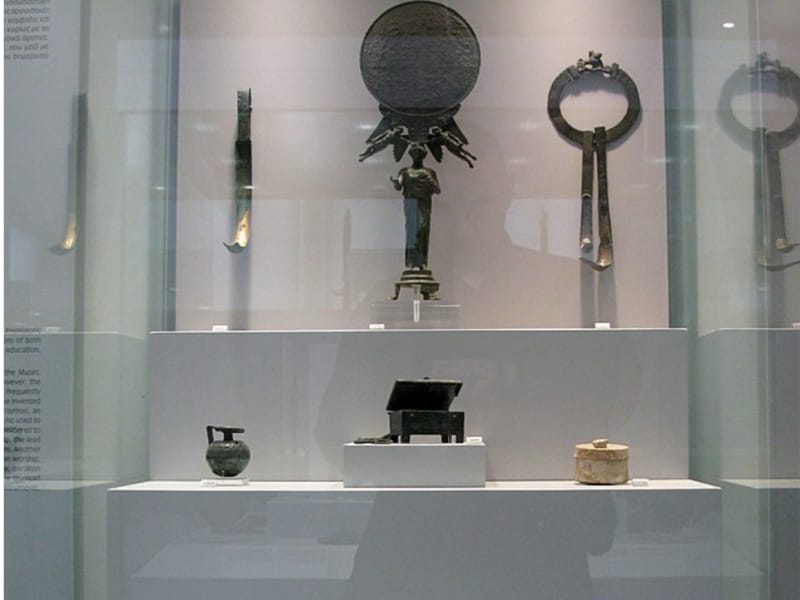
Source: Wikimedia Commons / Tilemahos Efthimiadis
Since the ship was believed to carry highly luxurious goods, the program has been devised to explore the site at length using the best modern oceanographic technology to retrieve more valuables. They expect to locate assorted artifacts using a precise site plan and underwater metal detectors.
Return to Antikythera Project 2022
Initially, the Return to Antikythera project was formulated in 2012, and the one in 2022 falls under the purview of the newly launched five-year program. It was conducted from 23rd May to 15th June 2022 under the guidance of Dr. Angeliki G. Simosi, the head of the Ephorate of Antiquities of Euboea, and Lorenz Baumer of the University of Geneva.
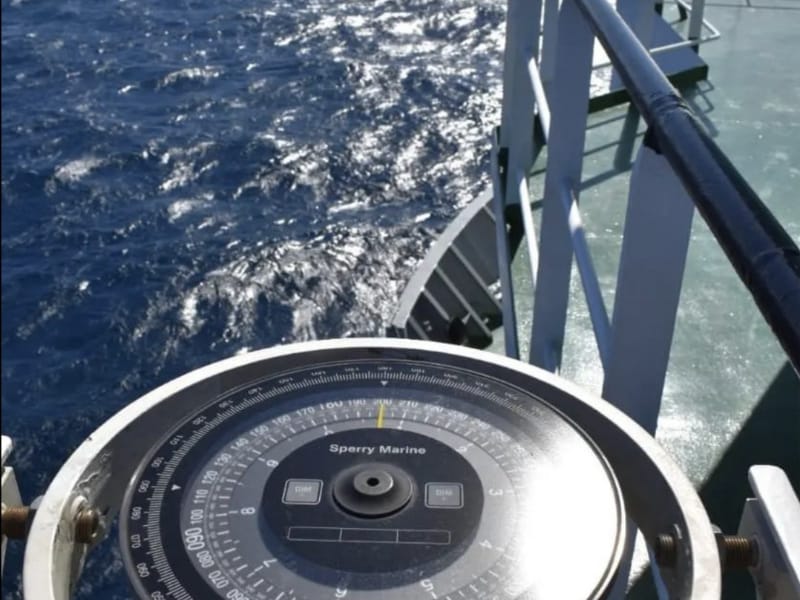
Source: returntoantikythera/Instagram
The mission’s primary objective was to get a clear understanding of the ship’s cargo and the route it had taken, with an emphasis on finding the exact condition of the wreckage.
Relocation of the Natural Boulders
Another critical task for the underwater archaeology team of the Return to Antikythera project was the relocation of the enormous natural boulders, which proved to be impeding the progress of the excavations. An unknown event had resulted in those sizable boulders partially covering the wreckage.
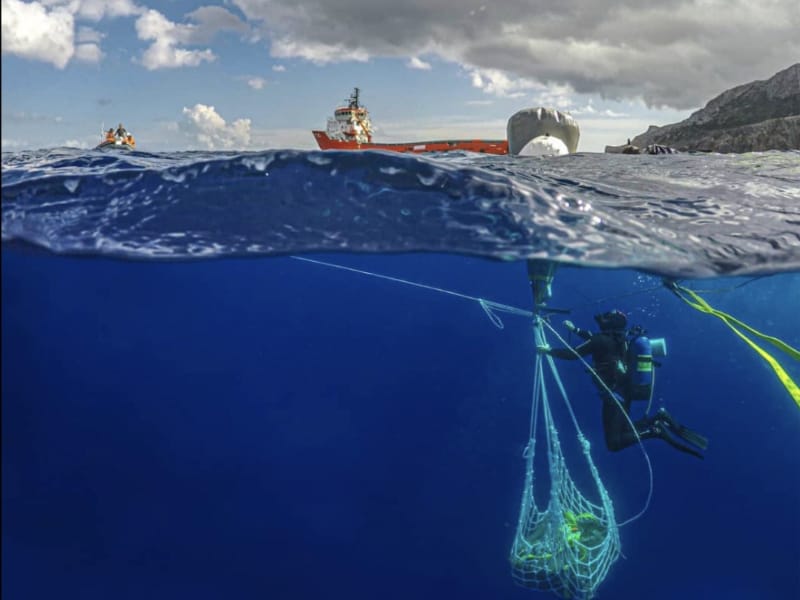
Source: returntoantikythera/Instagram
The divers worked with a combination of technologies such as durable rigging, pressurized air supply, and underwater lifting bags to remove boulders that weighed over 8.5 tons each. So many of them were cleared off, thanks to the team’s efforts.
Getting Access to Unexplored Parts of the Wreck
Removing these boulders gave the divers unhindered access to the unexplored parts of the wreckage. Little is known about what caused the chunks to cover the shipwreck, but whatever it was had significantly impacted the recovery of valuable artifacts for decades.
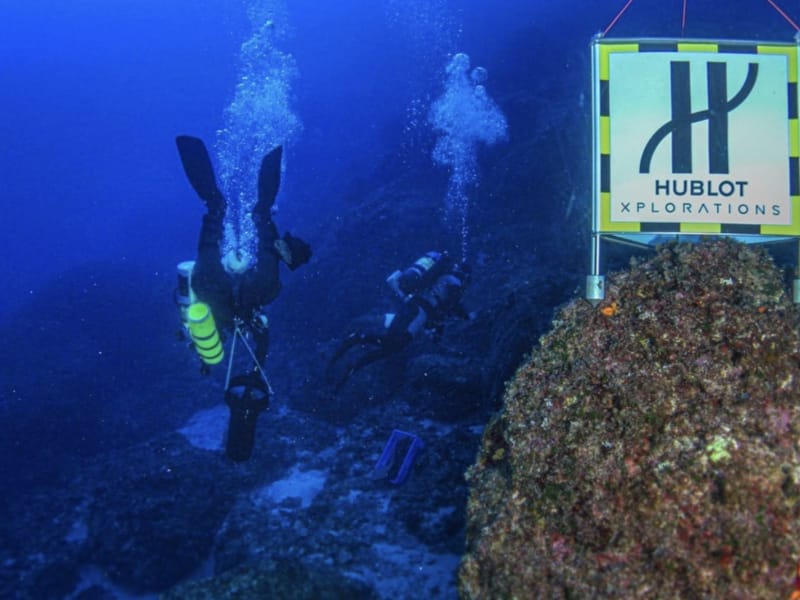
Source: returntoantikythera/Instagram
Most recovery efforts were possible because of the new machinery available to reach the wreckage. The methodology used was custom-designed by the Hublot Xplorations team of the famous Swiss watchmaker, which led to many more valuable recoveries by the underwater archaeologists.
Discovering the Marble Head of Hercules
One of the most significant finds of the Return to Antikythera project of 2022 was the retrieval of the missing marble head of Hercules. The headless statue had been originally placed at the National Museum of Archaeology with invoice number 5742 for the world to see.
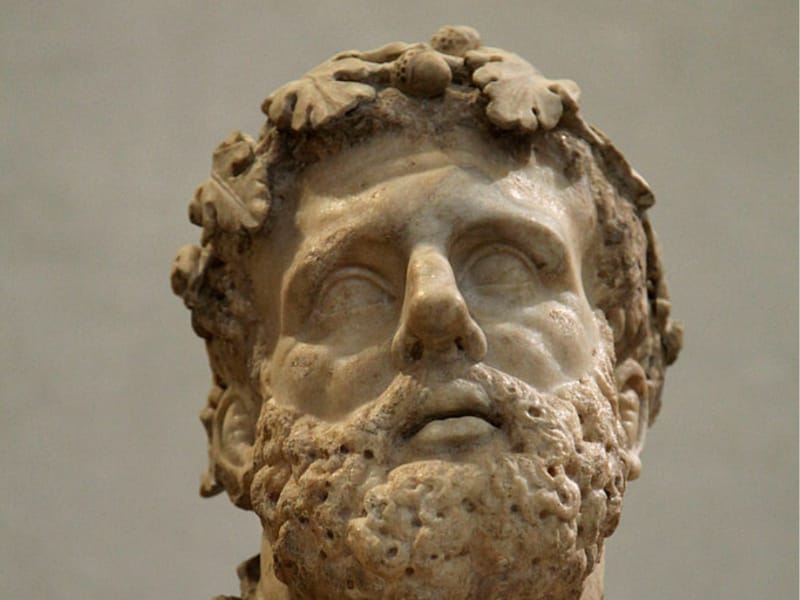
Source: Getty Images / Print Collector
The newly discovered object is twice the lifesize and is a perfect fit for the Herakles of Antikythera with its short hair and a large beard. It will take a lot of conservation and restoration efforts before it can be placed on its owner.
Rest of the New Findings
Besides the famous marble head of the Greek hero Hercules that had the world sit up and take notice of the Antikythera shipwreck a second time around, other new findings were equally surprising. The divers recovered two human teeth extracted from the depths of the marine deposits, along with several fragments of wood, copper, and bronze.
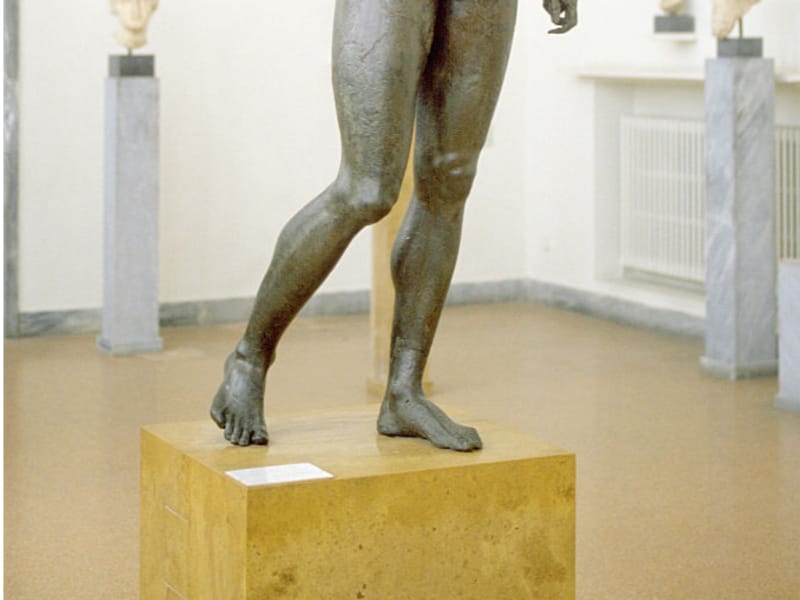
Source: Getty Images / Ruggero Vanni
A plinth of a marble statue was also retrieved from the site, with the lower parts of the leg deeply covered in marine deposits. It will take significant restoration work to clear the debris and reveal more to facilitate further analysis.
Meticulously Documented During Excavation
During the tedious task of exploring the depths of the ocean bed in and around the shipwreck, steps have been meticulously taken to document every little detail of the excavation process. Each item found at the site has been noted, invoiced, and sent to Athens’ National Museum of Archaeology for appropriate storage and further research.
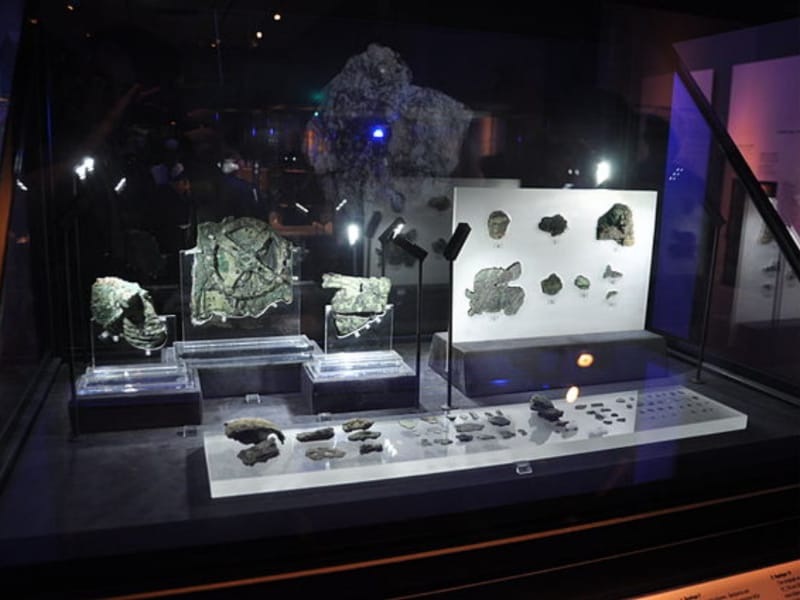
Source: Wikimedia Commons
The archaeological contexts and the exact positioning of each find can be found in the Museum’s records. There are plans to integrate them into a 3D model of the site that has been under development starting October 2022.
Artifacts Analysis Helps Further Research
The importance of every little object found at the site of the shipwreck far outweighs the trouble the entire archaeological fraternity has gone through to excavate. Many of the items were from the ship’s equipment, including the iron and bronze nails, the marine deposits encrusted iron concretion masses, and the lead collar of the wooden anchor.
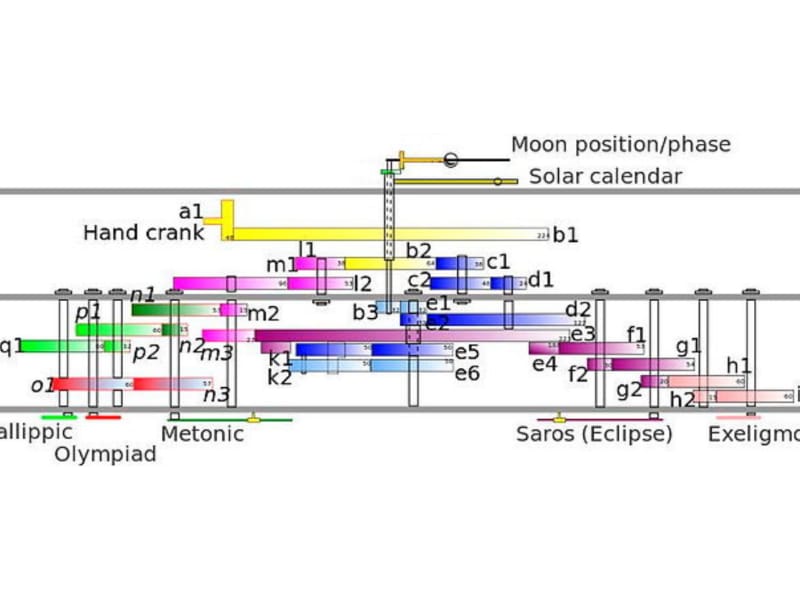
Source: Wikimedia Commons
These artifacts are analyzed using specialized laboratory equipment and X-ray machines to determine their functions. The results can facilitate further research on the ancient history and scientific prowess of the bygone eras.
Roughly 600 Artifacts Found So Far
All the excavation efforts of several divers and archaeological teams and government institutions of Greece have helped recover more than 600 artifacts so far from the shipwreck. There is reason to believe the site hides much more, and new artifacts are found every time a team of divers dives into the ocean’s depths.
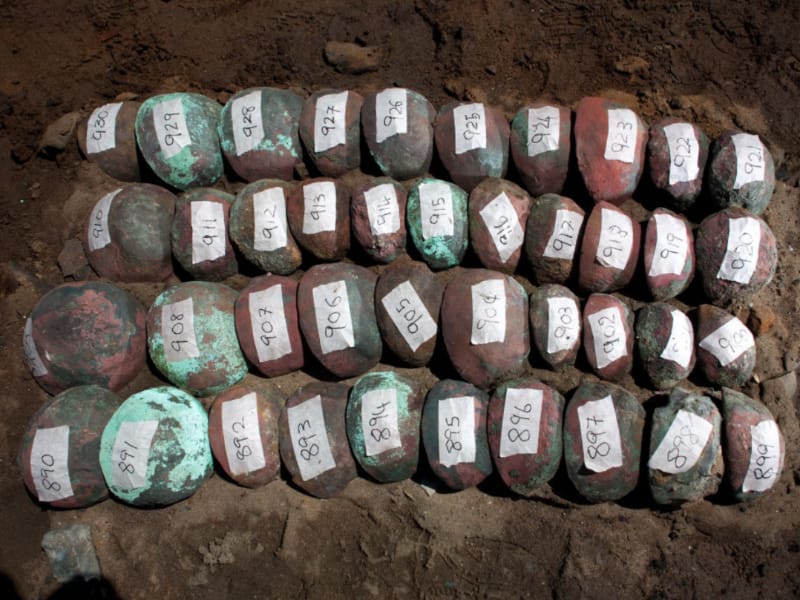
Source: Getty Images / Amy Toensing
The Antikythera shipwreck has fuelled the collective desire of archaeologists worldwide to explore the wreckage further. All the wealth of artifacts discovered so far holds a compelling appeal to them to continue the exploration of the site.
Importance of Finding Ancient Artifacts
All the items found from the shipwreck, including the statues and the mechanism, point to the ancient Greeks’ technological prowess. According to Jo Marchant of the Smithsonian Magazine, the discovery gave the world a window into how they viewed the universe.
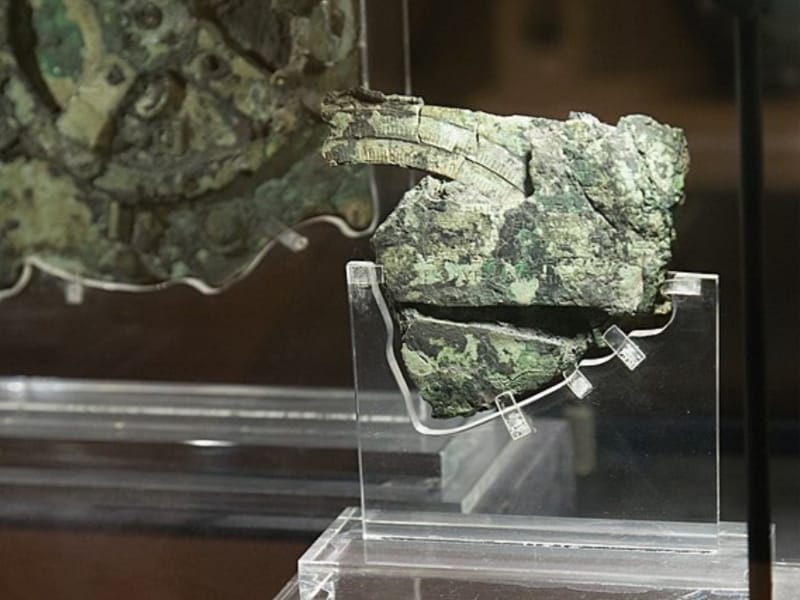
Source: Wikimedia Commons
It’s interesting to note that the Greeks already believed, over 2000 years ago, that nature operated according to pre-destined rules as shown by the mechanism discovered at the shipwreck, something modern scientific research now bases its theories on. Isn’t it mind-boggling to realize how technically advanced the world already was?
Nearly 1800 Entries in the Shipwreck Database
As if the Antikythera shipwreck did not offer enough for the archaeologists, many more wreckage sites still warrant their attention. In fact, the Oxford Roman Economy Project even has an extensive database of all the artifacts recovered from the shipwrecks worldwide.
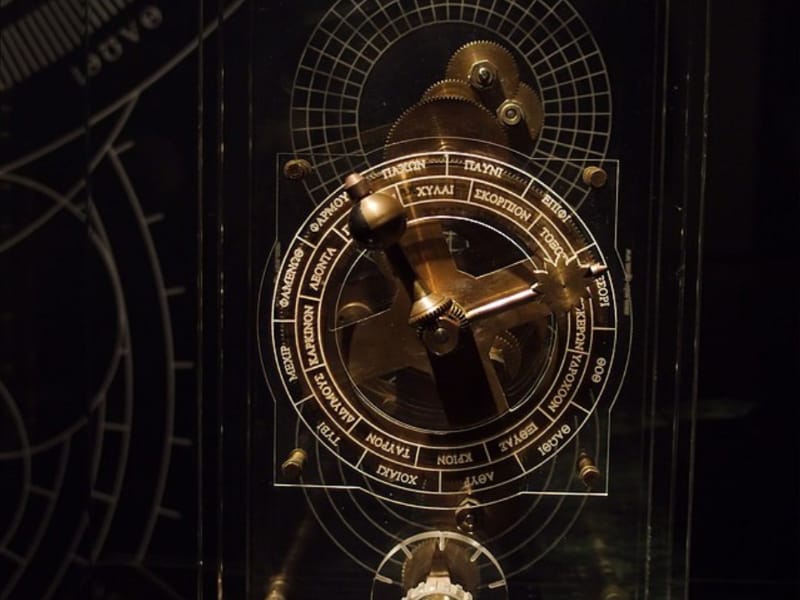
Source: Wikimedia Commons/ marsupium photography
As of our recent visit, the site has nearly 1,800 entries, making the database a detailed account of all the treasures found in the ancient shipwrecks in and around the Mediterranean. With modern technological advances each year, we are sure the site will see frequent updates from various wreckage sites.
Possibility of More Unimaginable Finds
In over 120 years since the Antikythera shipwreck was first discovered, it has yielded several invaluable artifacts. Most of them were recovered from the ship’s stern and the galley. The renowned Antikythera Mechanism was found on the hold, a section of the vessel that has largely remained unexplored even to date.
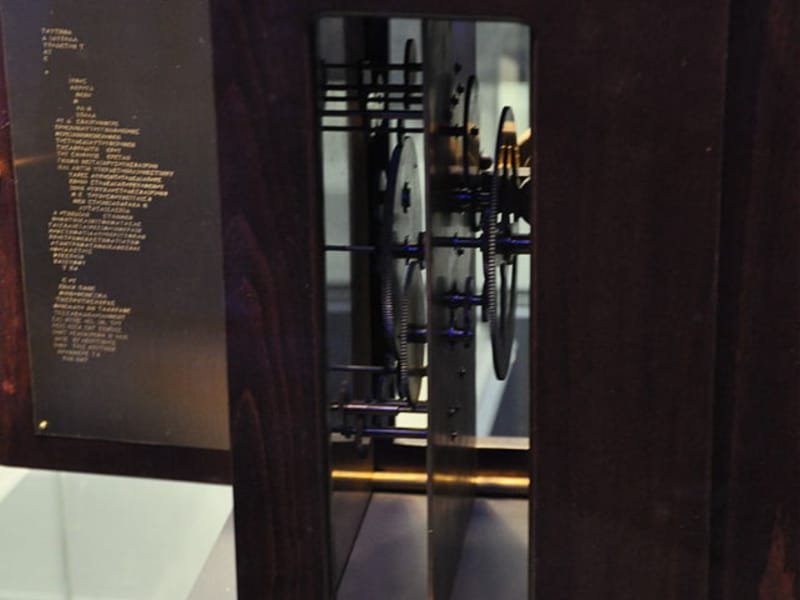
Source: Wikimedia Commons
Seeing how the device’s discovery shed light on an essential part of human history, archaeologists are sure that it is only the beginning of what the 2000-year-old wreckage has to offer. They are still excited about the possibility of even more incredible finds.
